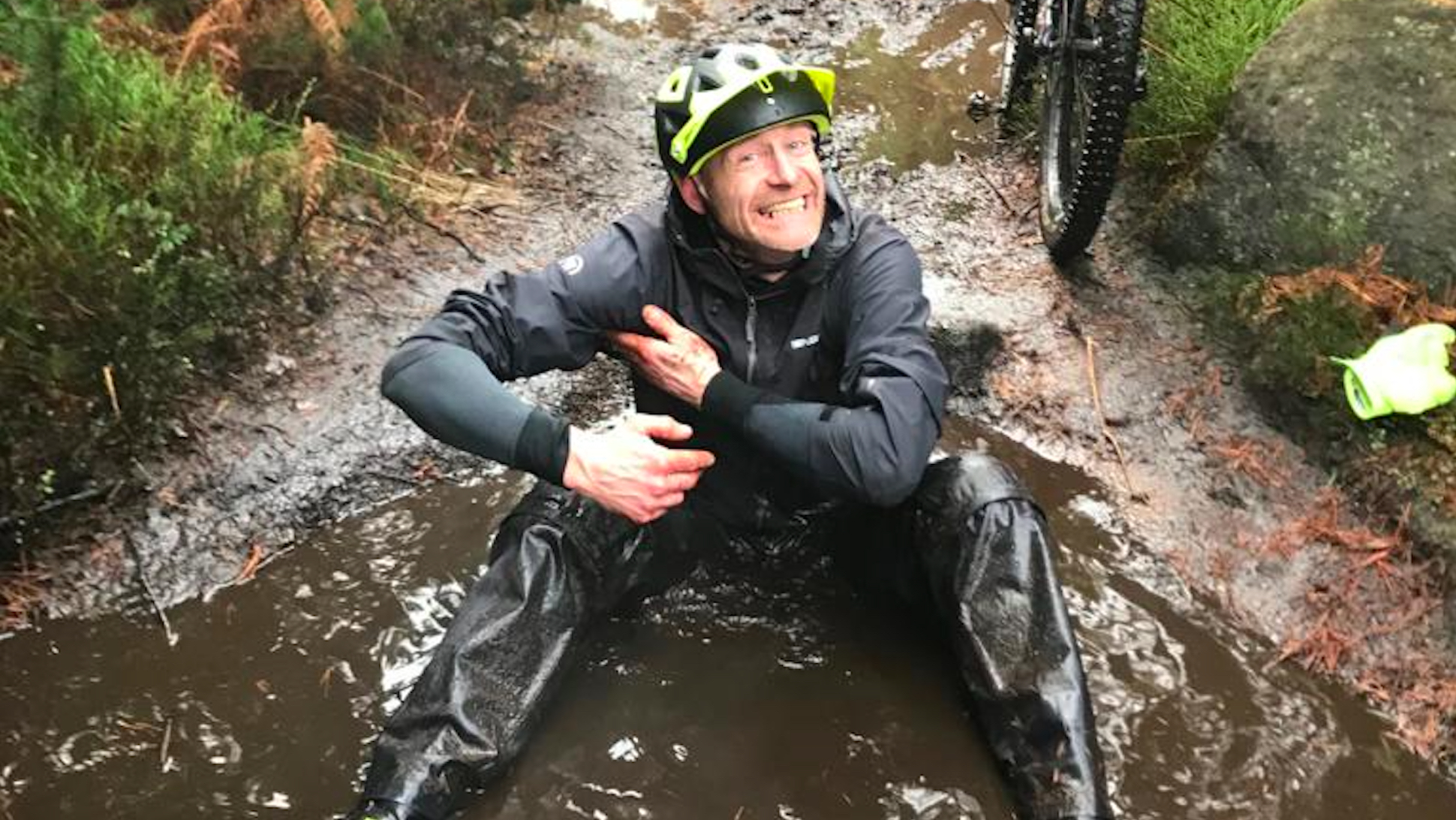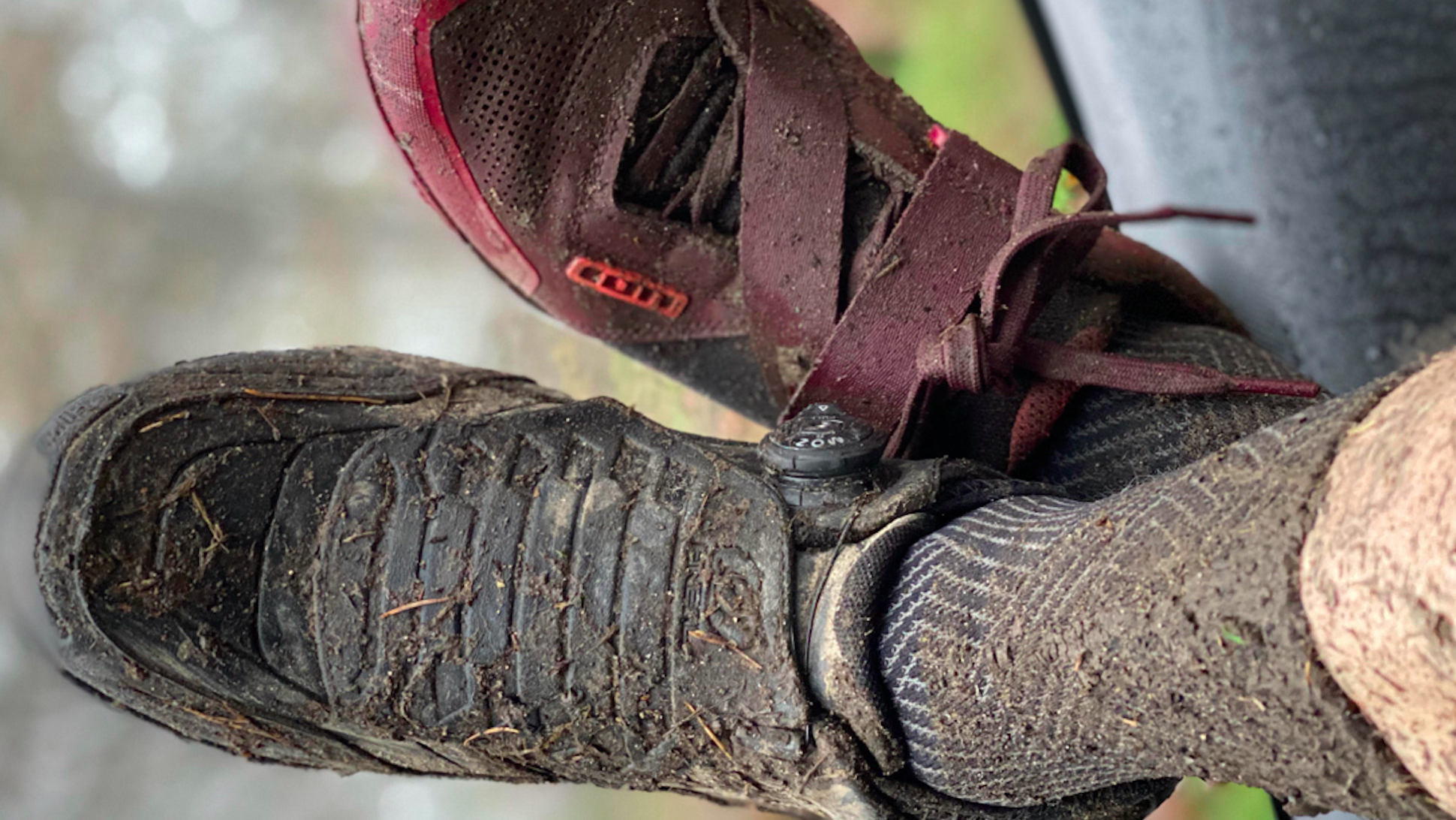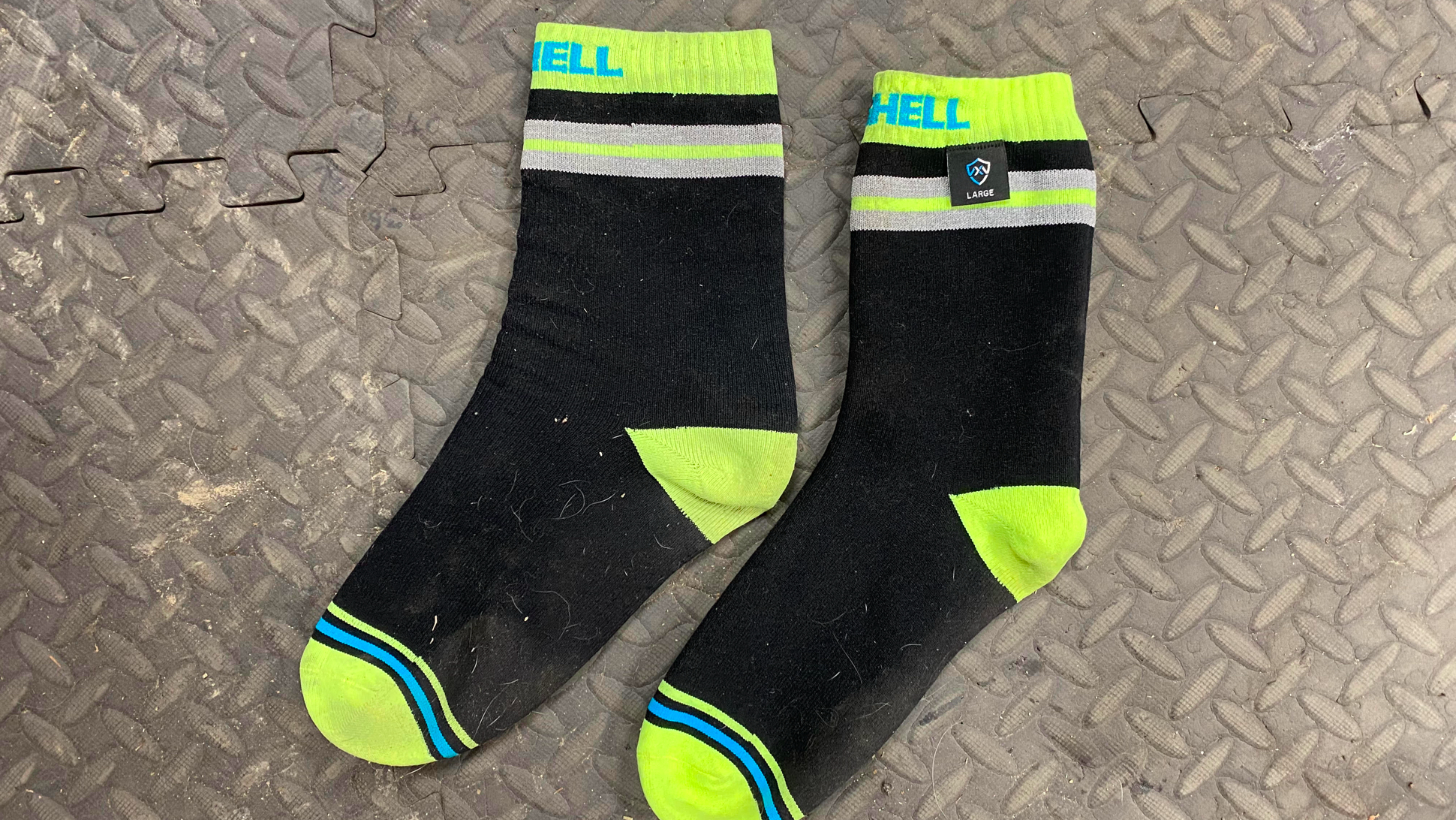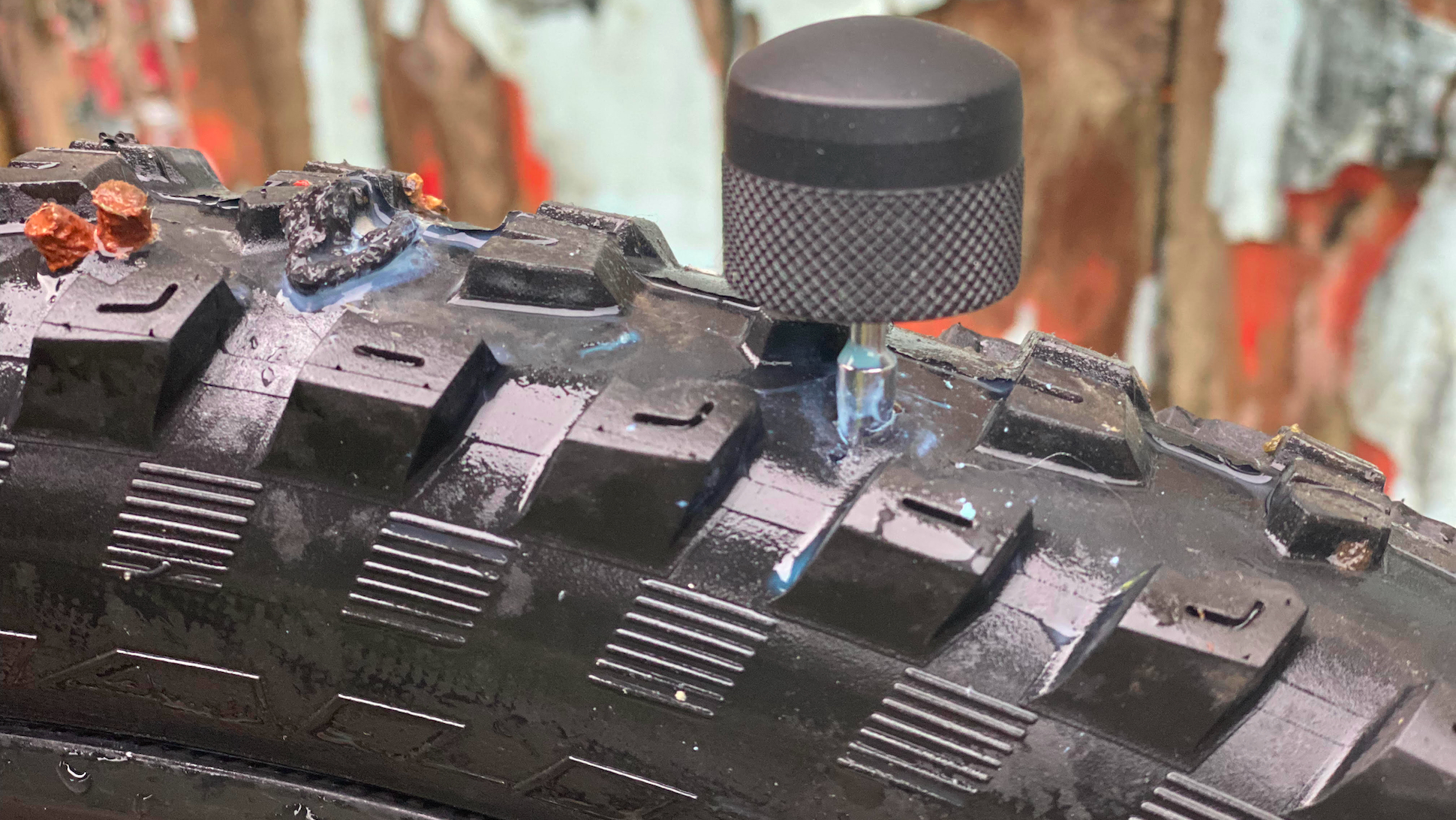Bespoken Word: How to spot a tester
Hi, my name is Guy Kesteven and I am a professional bike tester. You may catch me acting weirdly on the trails

As a bike information site, original, exhaustively in-depth testing by our expert team is a massively important part of what we do at Bike Perfect. We’re constantly trying new ways to make the reviews more relevant and readable, and as a start our new editor Rich has just updated the rationale of our testing credo, as explained in our How we test page. We’ll also be rolling out a more complex scoring system and new text templates very soon to make our reviews and results even more detailed and useful and we’re overhauling our buyers’ guides with fresh tests on new product and reassessments of existing favorites to make sure our advice is totally up to date (check out the best 1x chainrings buying guide for a look at the new style).
Having fresh bikes to play on every week and boxes of new kit arriving daily sounds like a dream job and I’ve never tried to defend it as anything else, however late I work into the early hours most nights. Research, sourcing, fitting, riding, workshopping, comparing, potential discussions with designers and price checks, etc, all takes a huge amount of time. Plus, you need to test a huge amount of stuff, not just to scrape a living but also to give you enough comparative context to make individual reviews relevant. And that’s before the laptop-torturing, abrasive, two-digit typing, long buffering pauses and inevitable re-editing of the utter drivel you first churn out that are an inescapable part of trying to translate trail performance into text that someone’s actually prepared to pay you for.
That time burn means if you’re going to make a living out of testing and really drill down into the comparative differences between seemingly similar kit then you need to make it into the most efficient industrial process possible. And it’s those hacks and seemingly weird habits that can tip off other riders that you’re a bike tester out on the trail. But what are they? Here are my top 10 tells that give away a professional tester at work, and why they make sense from this side of the fence.

1. Wearing or using odd gloves, shoes, grips, pedals, etc
Direct comparative testing is the most insightful and efficient way to assess new products against each other and/or existing benchmarks, and often products that seem to ride very similarly in isolation are chalk and cheese when compared head-to-head. That’s why you’ll often see testers splitting anything that comes in pairs and deliberately mismatching them on the bike. Odd MTB gloves and shoes are the obvious ones but you’ll get extra I-Spy points for odd socks, pedals and grips. Bonus points will be awarded for spotting extra options stowed into bags and back pockets so we can switch around and double up on comparisons mid ride.
Oh, and if you’ve ever wondered why one shoe, glove or whatever looked fresh and the other completely ruined in test pictures (or as happened recently one sock looked two sizes bigger than the other) now you know why!

2. Being pleased with punctures and delighted by dents
Even average equipment now is awesome compared to how it was when I started 25 years ago which is great for riding but not reviewing. That means any failures or problems are a chance to do a full forensic investigation and potentially mark a product lower than the seemingly endless parade of high scores and well worth any interruption in a ride or a push back home.
Any tester worth their salt will also be able to whip a bead off the tightest rim with their bare hands faster than you can get tire levers out of your pocket
3. Taking deliberately bad lines
While I’m certainly not pretending that I always pick the perfect line, sometimes the best way to short circuit the test process is to take the ugliest, impact-rich or speed-killing option possible. I’ll then often session it repeatedly using different settings, speeds or even products to really drill down into the performance double-quick. That also explains why many of my Strava maps look like the frantic scribblings of a psychotic with a crayon, not any sort of ride you’d actually enjoy.
4. They’ll bring a spare wheel or whole bike not just a tube

As long as you’re not being a total dick, blowing up a tire, dinging a rim or – the holy grail of testing – bending a frame is proof that you’re pushing a product hard enough to make it a proper test. It’s also the ideal point to jump in with a competing product for comparison. That means you’ll generally find testers not just carrying a tube or repair kit (unless sealants and stabber tools are what they’re testing) but ready to roll again immediately thanks to a complete fresh wheel setup ready to go in the back of their van. If they do have to switch a tire or fit a tube, then any tester worth their salt will also be able to whip a bead off even the tightest rim with their bare hands faster than you can get tire levers out of your pocket.
5. Constant fiddling
Because exploring every possible variable is a key part of a comprehensive test, constant knob twiddling, pressure changing, micro re-positioning, unzipping, etc, isn’t a sign of a neurotic disorder – it’s a testing necessity. Oh, and if you catch someone swapping perfectly good kit over just for the fun of it they’re either a tester or they should be.
6. Carrying shock spacers and specialist tools as well as a pump
Working out the potential range of performance/setup possibilities rather than just dialling in the sweet spot and calling it done inevitably adds more levels to on-trail tweaking too. That makes packing a bag of volume spacers as well as a well-worn shock pump a real tester’s tell. In fact, if they’re really flexing they’ll even have some spacers they’ve cut in half or maybe even thirds for the ultimate fine tuning fanaticism.
7. Unseasonal outfits
With mismatched gloves, shoes, kneepads, socks and maybe a spare helmet strapped onto a pack for a halfway-round change, testers often look deranged anyway. Meeting someone shivering in shorts and a summer top in early spring storms, or sweating to death in waterproofs on a blazing July day without a cloud in the sky is a sure sign they’re trying to work through kit tests in time for them to be “current”.
Wearing clothes or riding kit in entirely the wrong weather is a dead giveaway
8. Future furtive
While wearing clothes or riding kit in entirely the wrong weather is a dead giveaway, it’s desperate efforts not to be seen at all that can alert you to the presence of a product tester: coquettishly shot Insta pictures obscuring vital details; bikes only being ridden at night or hastily hidden behind vans or under cardboard if someone comes too close; helmets or shoes you don’t recognize with gaffer-taped logos or (the ultra-coveted) “PROTOTYPE – RIDE SAMPLE ONLY” stickers. At any one time I’ll likely be working on several pre-release projects, so I can drop a full review online on the day the embargo drops, rather than just puking up a reheated press release. And, to be totally truthful, I still get as big a buzz out of that as I did 25 years ago when I started.
9. Weird workarounds

It’s sometimes not the what but the how something is being used that’s a clue too. Waterproofs being worn in the shower or bathing in puddles because a deadline is looming but the weather is lovely? Stabbing a perfectly good tire with a sequence of progressively larger pointy things to see how big a hole a sealant can plug? Pedalling full-gas down a hill with the brake clamped on to see if you get it to burn out or pump up? Torturing forks in medieval-looking twist rigs or pulling chin-ups on handlebars to gauge flex? Furtively swapping seemingly identical bars between two mid-range hardtails in the middle of the woods in the pissing rain in at attempt to work out why only one of them is hurting your hands on that third rock after the corner? Don’t worry, you’ve just found us doing our job, so back away slowly without breaking eye contact and you should be fine.

10. Talking to testers
If you’re unlucky enough to find yourself in conversation with a tester it can go several ways. Often the usual polite “ice breaker” compliments about “their” bike will often lead to a tirade of complaints about tiny nuances. If they’re clearly on a superbike you can only dream of owning then that’ll generally come across as the petulant foot-stamping or ingratitude of a spoilt brat. Alternatively they’ll – OK, let’s be honest here, because I know I’m massively guilty of this… I’ll unconsciously spew out a stream of comparisons to other bikes and kit I’ve used that will make me sound like a complete and utter bullshitter. Be prepared to field all sorts of weird and deeply personal questions about your own bike, what’s lasting OK, what you think of specific elements of the suspension stroke or why you’ve set it up like that, too.
Finally the rise of YouTube testing means you’ll often find us ranting and raving down the trails like we’re talking to ourselves until you spot the GoPro. In fact I’m going to apologize now to all the people who’ve politely joined in with my commentaries on the totally understandable assumption I’m talking to them or who I’ve ignorantly piled past in a demented stream of consciousness rather than saying hello.
On that note, if you do see me out and about, forgive me any weirdness I’ve described here and come and say hi. It’s you “real riders” that we’re ultimately testing for here and while we do the best job we can amongst ourselves, the feedback and insight you can add is incredibly valuable. Finding out what you want to know is also a massive help in making sure we answer real world questions not just disappear up our own arses or make sweeping assumptions based on personal preference.
And because, most of all, despite having written literally millions of words about bikes, bits and where to ride them over the years, there’s still nothing I like better than talking about them even more….

Guy Kesteven has been working on Bike Perfect since its launch in 2019. He started writing and testing for bike mags in 1996. Since then he’s written several million words about several thousand test bikes and a ridiculous amount of riding gear. He’s also penned a handful of bike-related books and he reviews MTBs over on YouTube.
Current rides: Cervelo ZFS-5, Specialized Chisel, custom Nicolai enduro tandem, Landescape/Swallow custom gravel tandem
Height: 180cm
Weight: 69kg
